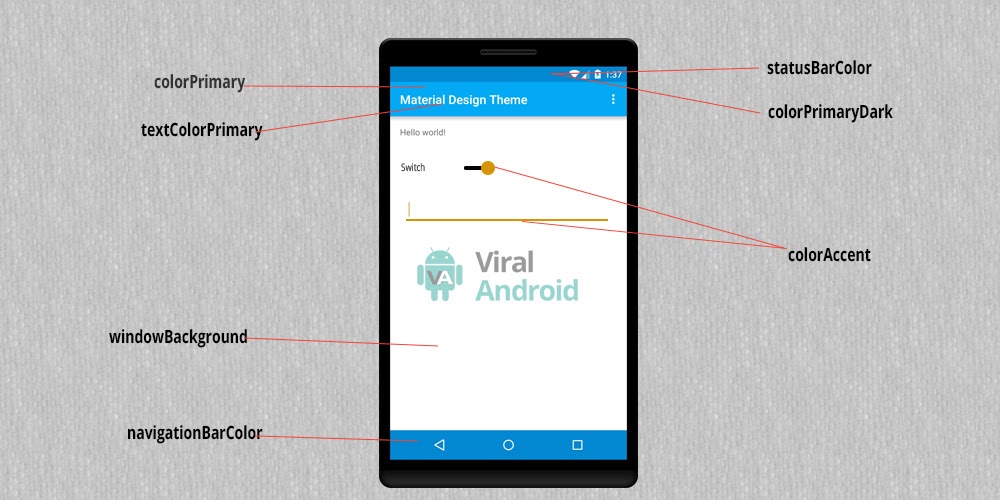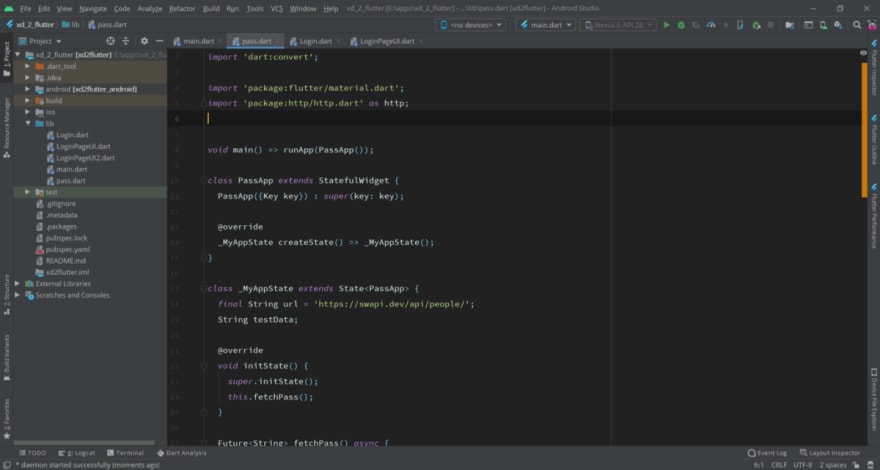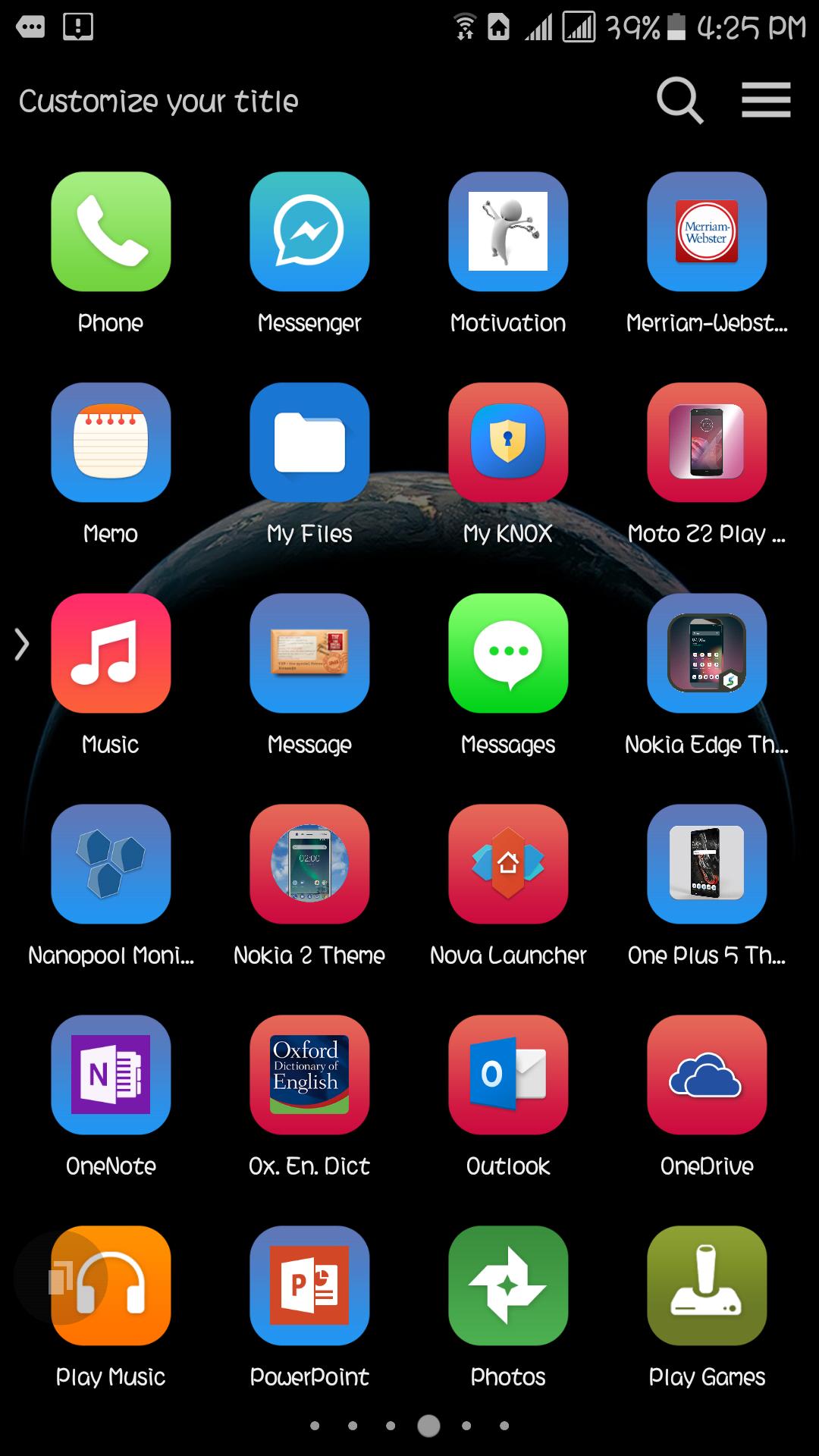

- #Custominzing android studio theme how to#
- #Custominzing android studio theme update#
- #Custominzing android studio theme password#
- #Custominzing android studio theme free#
name lets you title the attribute and this is how you refer to each in code, e.g., R.attr.my_attribute.

In this way, we can easily switch themes at runtime.Īn element has two XML attributes name and format. Similar to the interface pattern, we define these custom attributes and have each theme implement them. defining a background for this activity that can be easily changed for different themes). There may be cases where we want to define attributes not exposed in the original theme (i.e. If you run your application now, you should see the following output. Note that the spinner is bound to the string array and will display the theme names that we will be defining later on. Open res/layout/activity_theme.xml file and go to the xml tab. Next, let's create an activity layout where the themes will be selected and applied.
#Custominzing android studio theme free#
Feel free to replace YOUR-CUSTOM-THEME-NAME with a theme name of your choice below. Let's also add to res/values/strings.xml the list of all the themes we will be allowed to choose from the spinner.
#Custominzing android studio theme password#
Add the following to res/values/strings.xml: Theme Switcher Select Theme: Credentials username password Sync automatically Location On Off Clear Data Next, let's add the strings for our input views. Later on we'll be applying all our styles and themes to this layout file.
#Custominzing android studio theme how to#
By the end of this exercise, you should know how to define a theme in your resources in an XML file, how to define attributes of the theme, how to apply those to your layout file, and finally how to dynamically change the theme of an activity. We will be defining multiple themes in our app and use a spinner view to switch between themes. A Theme is a Style that applies to the entire application or a certain Activity. Styles in Android is similar in concept to CSS on web because it separates design from the content. A style is a xml resource and it separates the design attributes from XML layout. For more general overview of these concepts, check out Styles and Themes cliffnotes.Ī style in Android is a collection of attribute/value pairs applied to a view. At the end of this exercise, you will have better understanding of some of the core features of Android like - drawables, styles and themes. In the dependencies section, make sure the material library is 1.5.The following tutorial explains how to build an application that can switch between multiple distinct themes.
#Custominzing android studio theme update#
It is one of the sample apps from our Android Basics in Kotlin training course.īefore we update the actual theme and apply dynamic color, there are a few changes that need to be made in the adle file for your application. The Tip Time app is a tip calculator app with options to customize the tip.

How theme attributes relate to each other.How to create themes using our tooling and apply them.How to differentiate between existing Material Components and Material 3 themes.Comfortable with modifying an app's theme.Familiar with basic theming concepts in Android.You'll also examine some additional scenarios allowing you to control how colors are applied. Below are a couple Screenshots of the application with dynamic color applied. In this codelab, you will update the starter app, a tip calculator app to use the new features in Material Design 3 allowing an application's user interface to be themed dynamically based on the user's wallpaper.


 0 kommentar(er)
0 kommentar(er)
